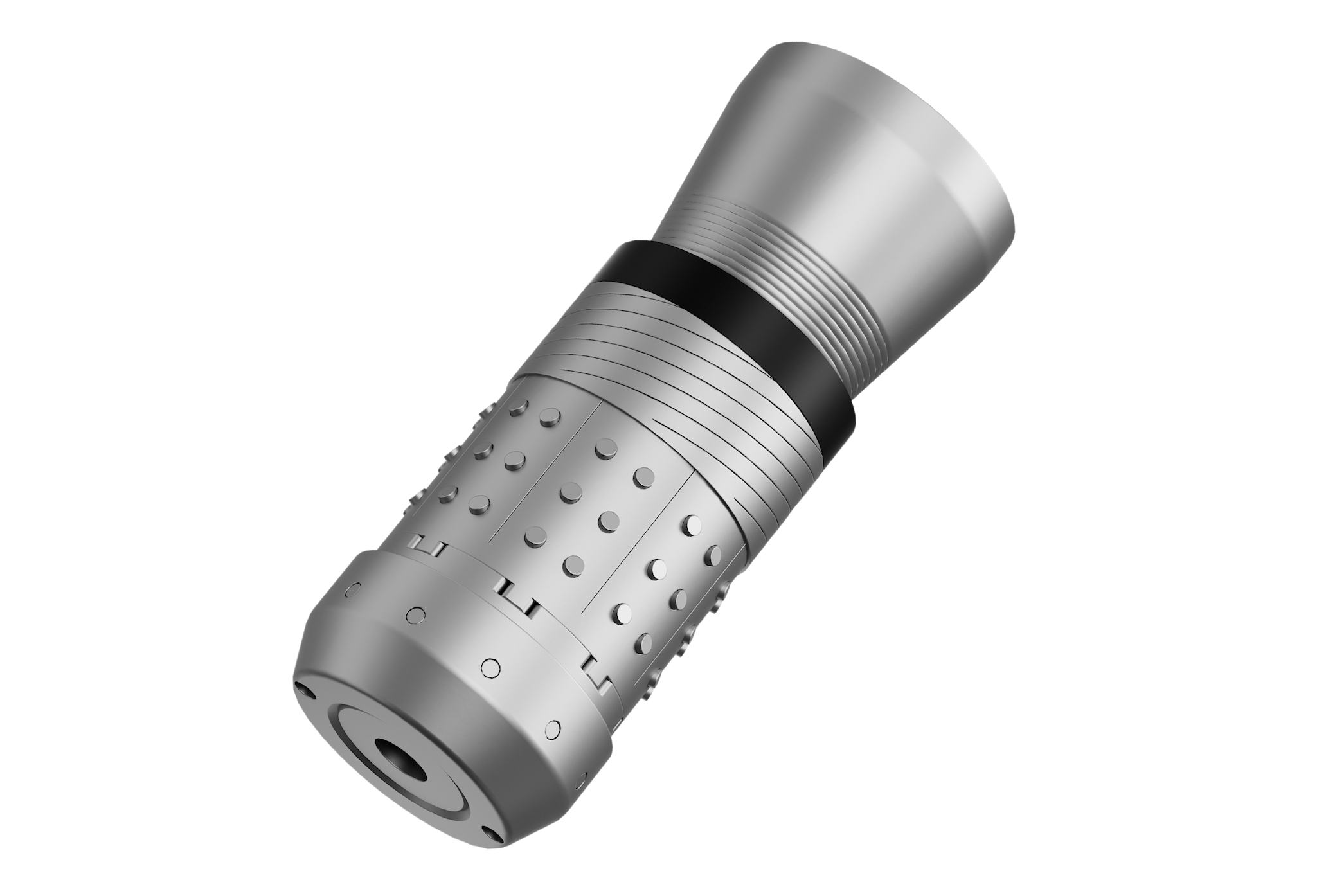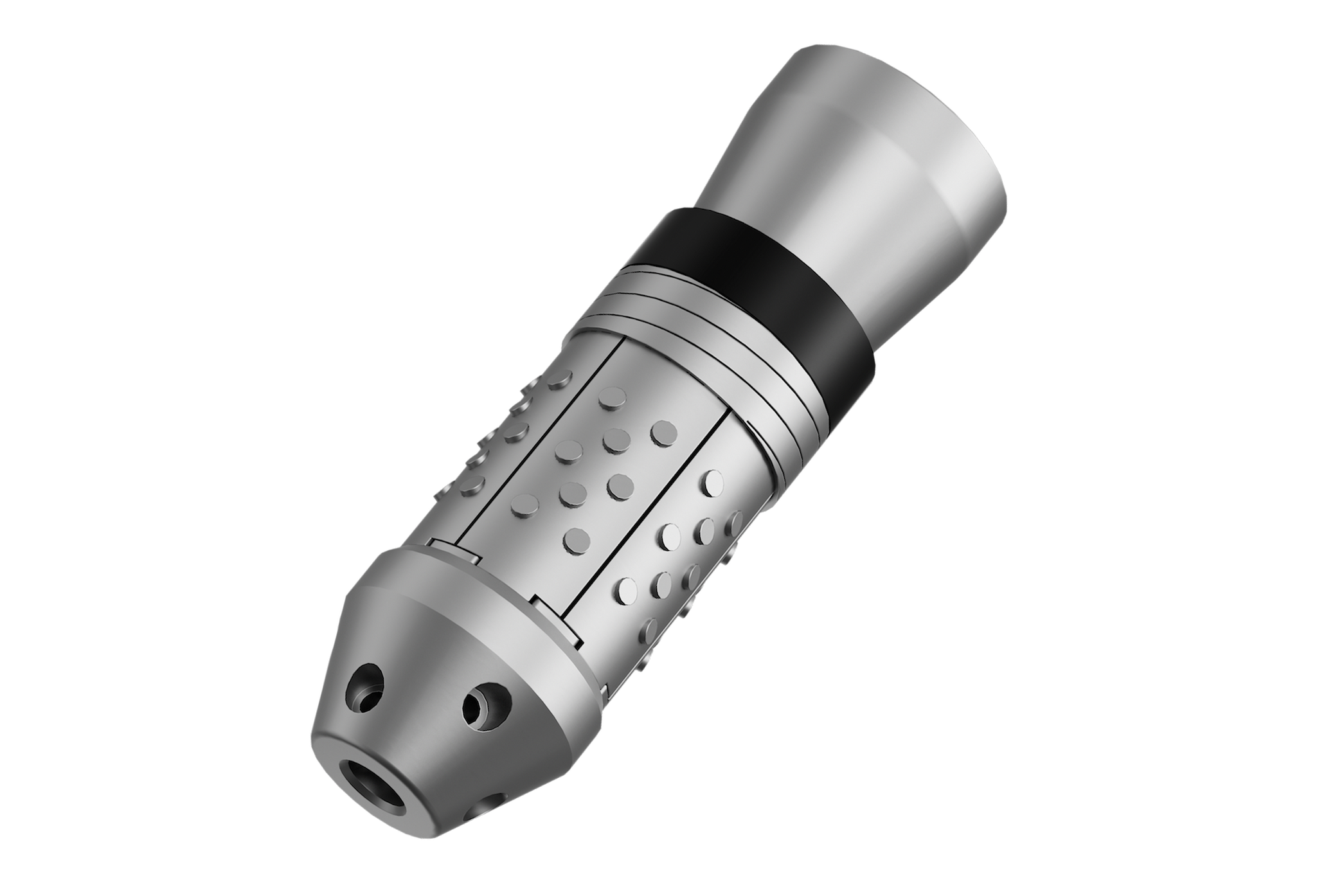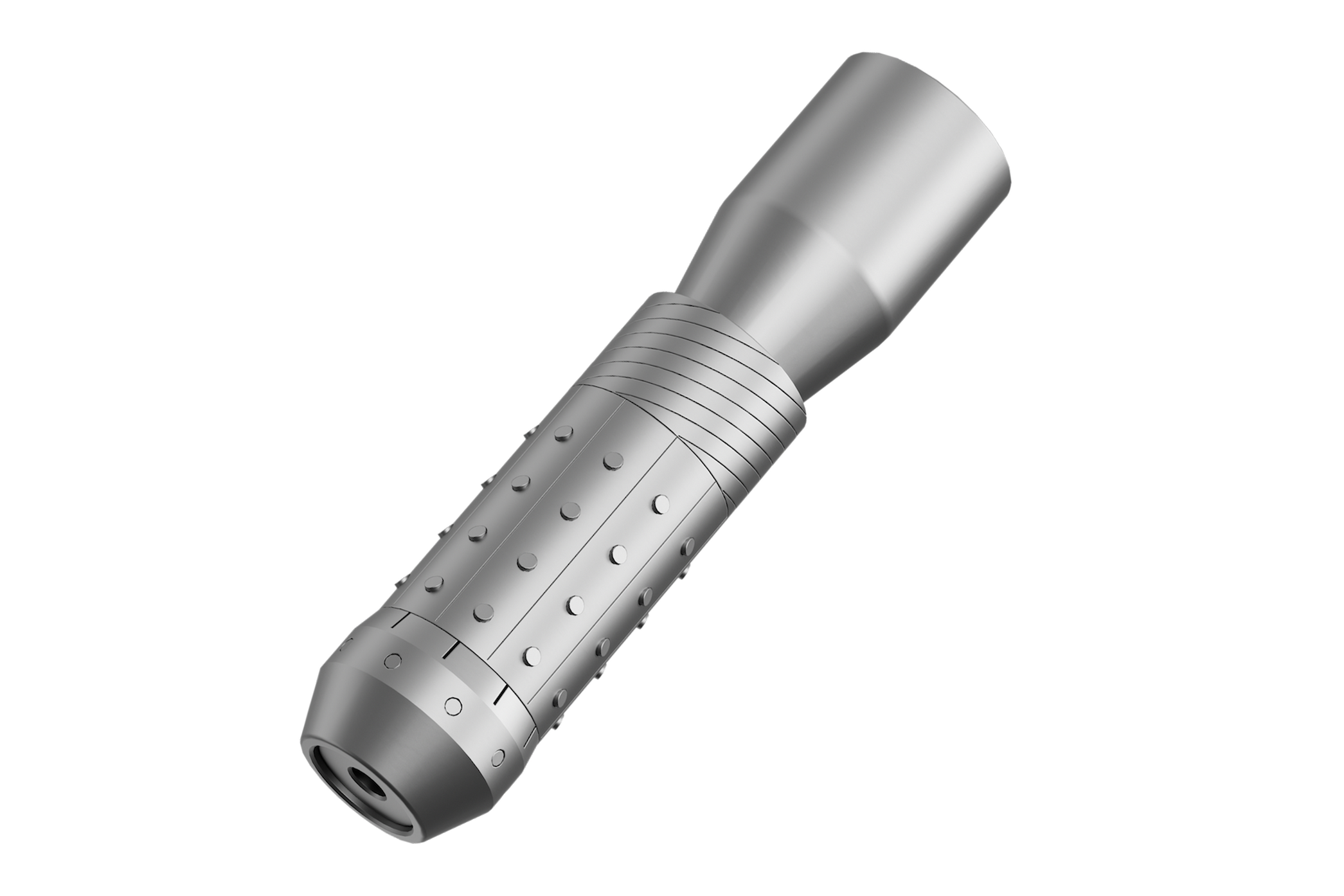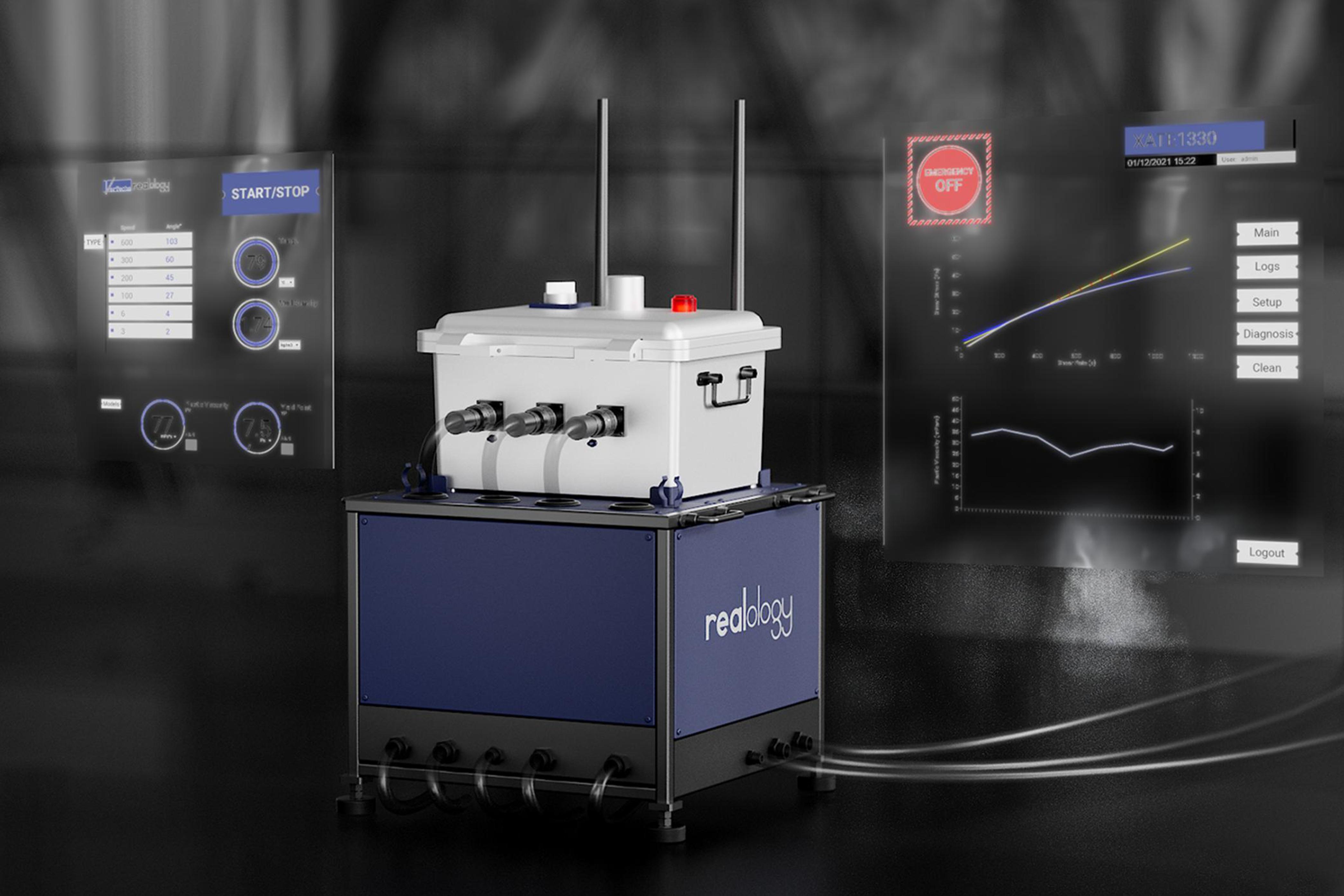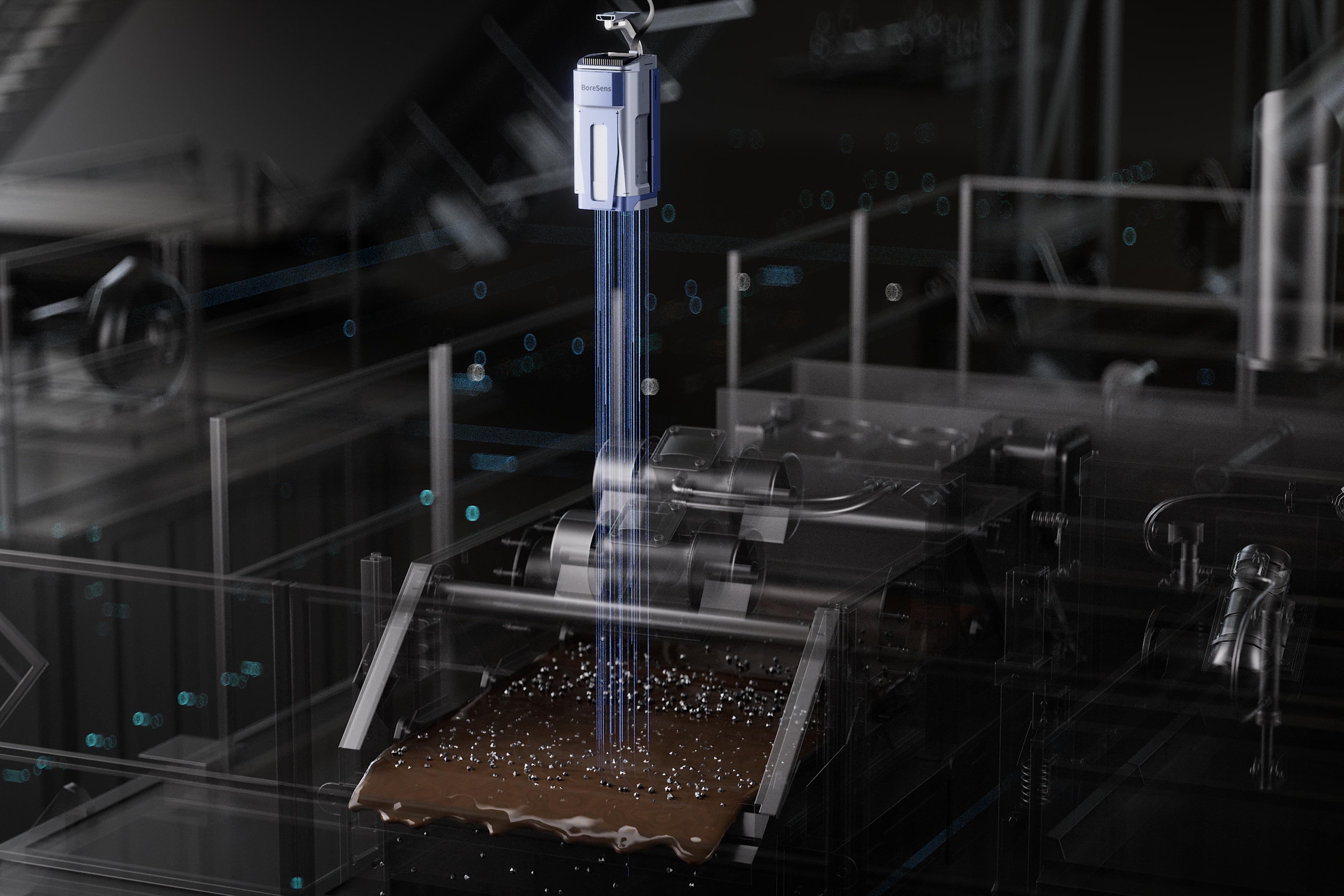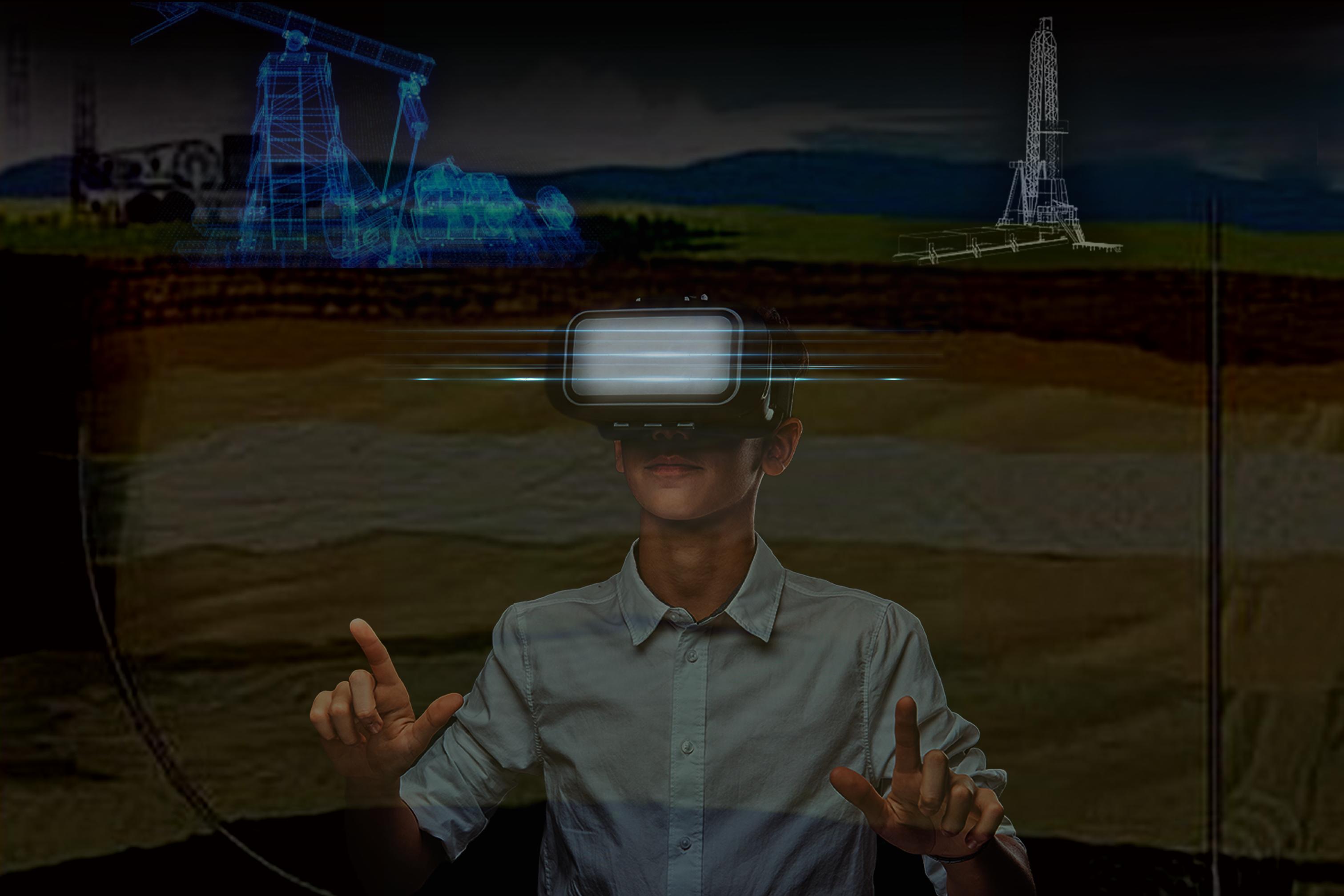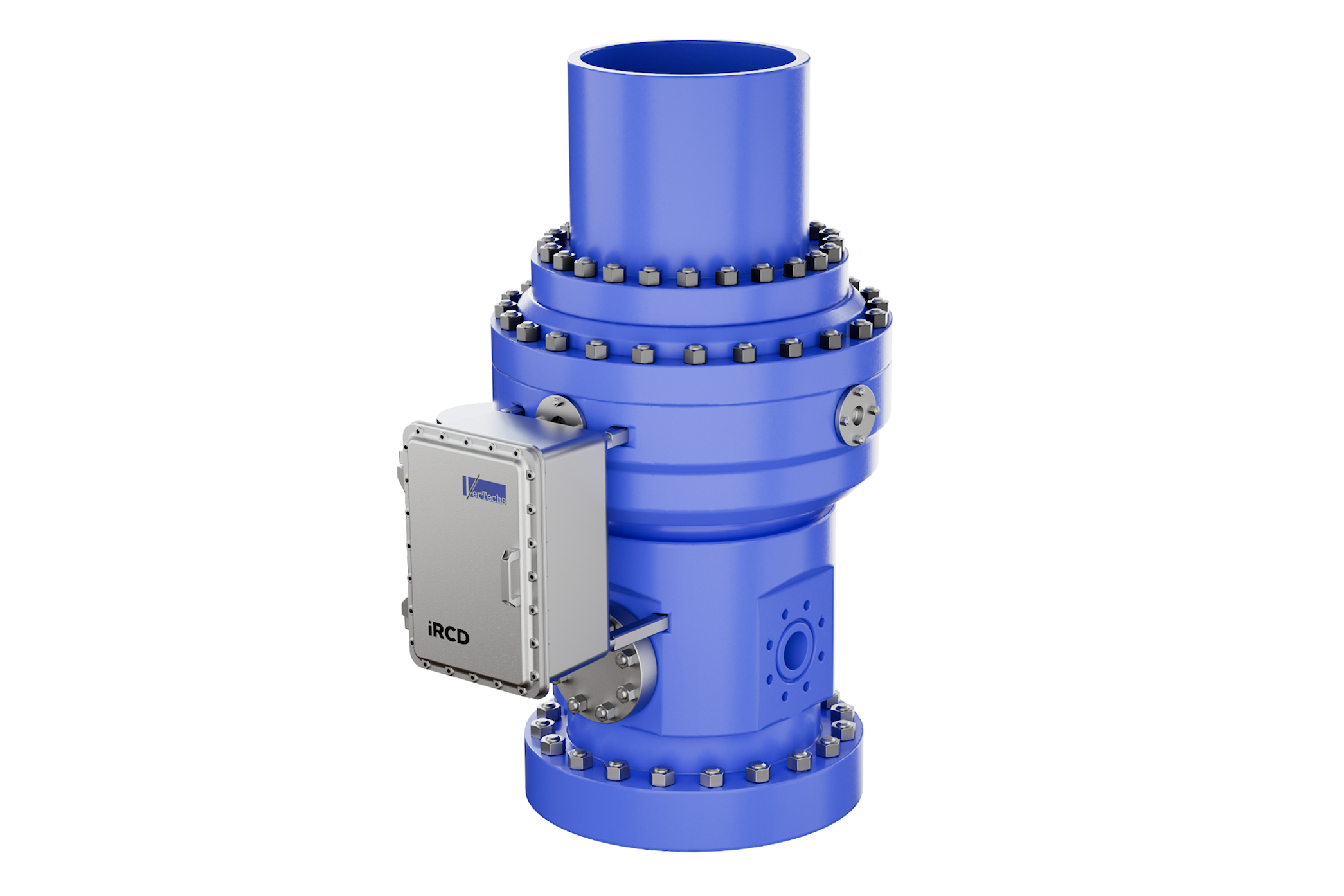Future of Well Building Is MPD Drilling
2023-03-25
There have been significant advancements in oil and gas drilling in recent decades. MPD Drilling techniques and processes have gotten more refined and efficient with the development of technology, resulting in increased production and decreased overhead expenses. One such method that has been gaining traction in the market is managed pressure drilling (MPD), which has many advantages. The essay will define MPD drilling, highlight its advantages, and explain how it is altering the trajectory of the well-building industry.
MPD Drilling: What Is It?
Mpd drilling (MPD) is a method of drilling in which the pressure inside the wellbore is monitored and kept constant. Wellbore instability, circulation loss, and poor well control are just a few of the drilling challenges that may be remedied with this method. In order to drill with MPD, the wellbore pressure must be monitored and controlled with tools such a rotating control device (RCD), choke, and flowmeter. Drilling efficiency is increased and well-bore stability is maintained through the use of MPD by regulating the pressure and flow rate of drilling fluids.

MPD Drilling's Advantages
Drilling using MPD has several advantages over older technologies.
To begin, this drilling can improve drilling efficiency and cut down on NPT. Improved drilling rates and lower NPT are the results of this method's ability to shorten drilling durations and enhance hole cleaning. The stability of the wellbore and the prevention of drilling fluid losses are two further ways in which MPD drilling may assist operators save money.
As a second point, MPD drilling can lessen the likelihood of hazards such wellbore instability and lost circulation. The drilling process is able to reduce wellbore instability and lost circulation by maintaining a consistent and regulated pressure environment in the wellbore. This can save drillers time and money by reducing the likelihood of common but inconvenient problems like stopped pipe and well control.
Lastly, this drilling process allows for operators to drill deeper, allowing them to access previously unreachable reserves. It allows operators to go deeper and access reservoirs with high-pressure and high-temperature conditions, which were previously too unsafe to access using standard drilling technologies because to the uncontrolled pressure environment in the wellbore. It's possible that this may enhance yields and hence operator profits.
Some applications of MPD drilling
1. Deepwater drilling: This drilling can be used in deepwater drilling to reduce non-productive time caused by drilling issues such as kicks and lost circulation.
2. High-pressure formations: This drilling can be used in high-pressure formations to maintain a stable wellbore pressure and prevent formation damage.
3. Extended reach drilling: This drilling can be used in extended reach drilling to maintain constant bottom hole pressure while drilling through long horizontal sections.
4. Wellbore strengthening: MPD drilling can be used to strengthen the wellbore and reduce the risk of wellbore collapse in unstable formations.
5. Geothermal drilling: This drilling technique can be used in geothermal drilling to mitigate the risks associated with high pressures and temperatures encountered in geothermal reservoirs.
Conclusion
In the oil and gas business, managed pressure drilling (MPD) is a cutting-edge drilling method that has several advantages. Reduced NPT, lower drilling hazards, and access to previously inaccessible reserves are all possible with MPD drilling. Drilling operations may be optimized with the use of MPD methods, and companies like Schlumberger and Halliburton supply the specialist equipment and services necessary for this.
This drilling is clearly going to play a larger part in the future of well building as the oil and gas sector continues to develop. Operators can benefit from increased efficiency, lower costs, and less risk when utilizing this method. MPD drilling is now very advanced, and it is expected to continue improving as technology develops, allowing operators to drill deeper and reach more difficult reserves.
In conclusion, MPD drilling is a revolutionary method that is revolutionizing how oil and gas wells are built. Because of its many advantages, It is expected to grow in popularity over the coming years, and it has already gained the backing of major oil companies like Schlumberger and Halliburton. This process will likely play an important part in the success of operators as they explore new and inventive methods to optimize their drilling operations.
=>


